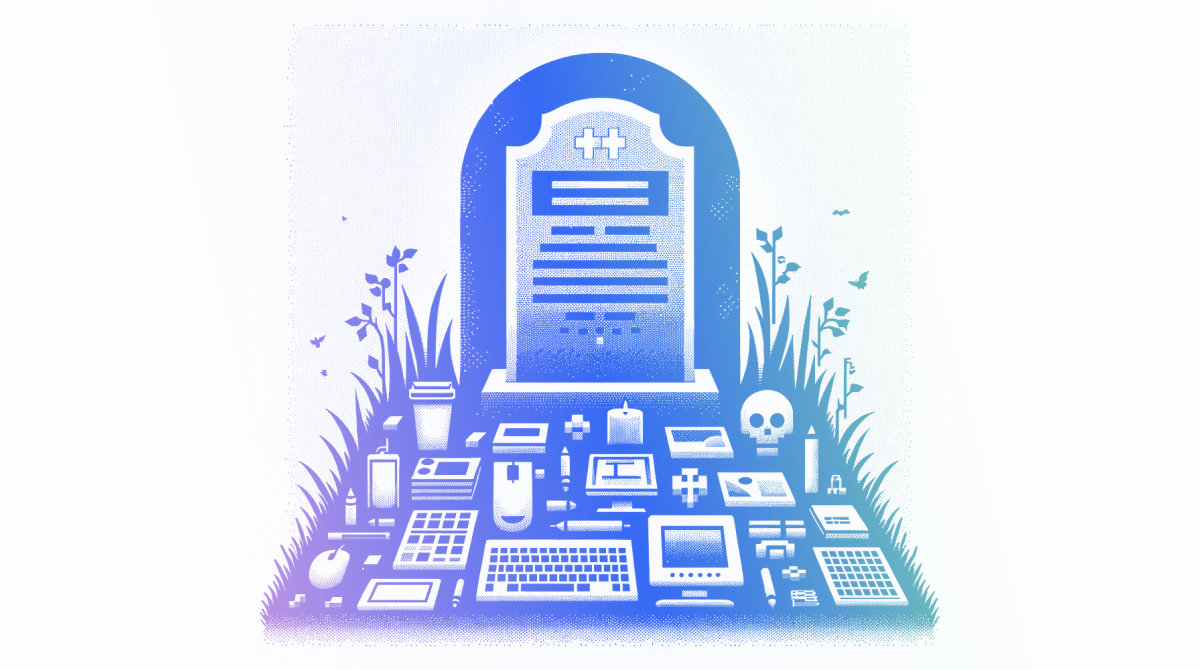How AI is transforming user interfaces: Beyond screens and buttons
In the ever-evolving world of technology, a new wave is cresting, and it's set to fundamentally alter the landscape of user interface (UI) design. This is more than just a trend for UI designers to watch.

I've been working in user interface design for quite some time. I started with the "HTML for Dummies" book around '98 and am still going strong with the foundation I built back then. Fortunately, the tools have evolved since, and we no longer need to rely on Dreamweaver or PageMaker.
Now, with the "gen AI revolution" upon us, I've begun to contemplate the future of the UI design profession. I've put on my Nostradamus hat and made some predictions.
AI Tools: From assistants to avatars
So, am I afraid that AI tools will take my job and my money?
Yes, I am. Usually, at this point, designers claim they are not afraid, asserting that people always crave the human touch and that design involves much more than just interfaces. They are right, of course, but I am now speaking strictly about graphic user interface design.
AI tools have been regarded as assistants in the design process, streamlining tasks, offering creative suggestions, and even creating components, entire layouts, and user interface concepts. These tools will continue to develop and will undoubtedly accelerate designers' workflows.
However, my prediction is that the total number of graphic user interfaces will decrease. AI is transitioning from being a tool for creating user interfaces to becoming the user interface itself. Indeed, we have had technologies like Cortana and Siri for years, but now we are moving toward something different — something more accessible, open, and powerful.
Imagine the simplicity: instead of navigating through Finnair's or VR's website or app to book a ticket, you simply tell an AI to do it for you. Why would anyone navigate a user interface when you can directly instruct an AI to achieve your desired outcome? And this is not a distant future; it's an emerging reality. I have already seen people attempting this, and in some cases, it already works to a certain extent. In the corporate world, I’ve seen cases where several weeks of complex user interface and visual hierarchy design have been replaced by a single chat window and a RAG solution.
Also, there are already consumer solutions aimed at eliminating visual interfaces altogether and replacing them with voice-activated ones. For example, we can all go and pre-order the rabbit r1 if we want to, and forget about the hassle of graphic interfaces. Personally, I’m not a fan of voice-based interfaces and predict greater success for simple chat-based solutions. For me, it feels too strange to talk aloud to an invisible entity, but that’s just my personal view.

And yes, I also understand that OpenAI, for example, is "just" a language model, with no real or artificial brains behind it, but my prediction is that people will adapt to this "new" kind of human-computer interaction very, very fast. Eventually, service providers will rush to integrate their data and services to be used through a conversational AI user interface.
Over time, there will be fewer user interfaces, and consequently, less user interface design work. Much less. This transformation signals a significant change in how users interact with technology, shifting from screen-based interfaces to conversational, chat, and voice-activated interactions.
Time is a flat circle
Back in the Stone Age of information technology, a text-based user interface was the norm. We would type commands into a computer, and it would respond. Graphical interfaces with buttons, icons, and other bells and whistles hadn't been invented yet. Additionally, in those days, end-devices were usually "dumb," lacking internal data or computing power. Instead, these end-devices connected to a mainframe computer, which did all the heavy lifting and then returned the desired data to the user.
Sounds familiar, doesn't it? Perhaps now we’ve come full circle, finding ourselves back at the beginning, with only an empty parser before us, asking us what we want to do.
What's happening now is that AI is not just a tool for creating more user interfaces; it's becoming the interface itself. This evolution presents a unique opportunity for those willing to embrace the change. As a community of forward-thinking professionals, let's lead this transformation, ensuring our businesses stay ahead of the curve in providing innovative, user-centric solutions.
For UI designers, this shift brings both challenges and opportunities. Indeed, the amount of basic UI design work will decrease. However, at the same time, the required skill set is evolving – designers must now understand how to create intuitive, conversational interfaces that can understand and predict user needs. This involves embracing a new frontier of design that prioritizes AI interaction patterns, voice user interface (VUI) principles, and user experience (UX) for non-visual interfaces.
In conclusion, the rise of AI in UI design is not a threat, but an invitation – a do-or-die moment – to innovate. The question for UI designers and IT professionals is not if they will adapt to this change, but how quickly and effectively they can do so.
And I could be wrong, of course! Let's check back in a couple of years (or months!). I'll be the first to admit if this prediction was totally off the mark.
–
This text was written by Kodan’s senior service designer, Ville Yli-Knuutila.